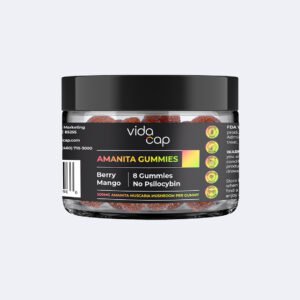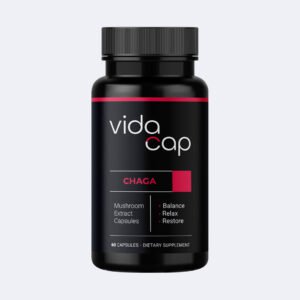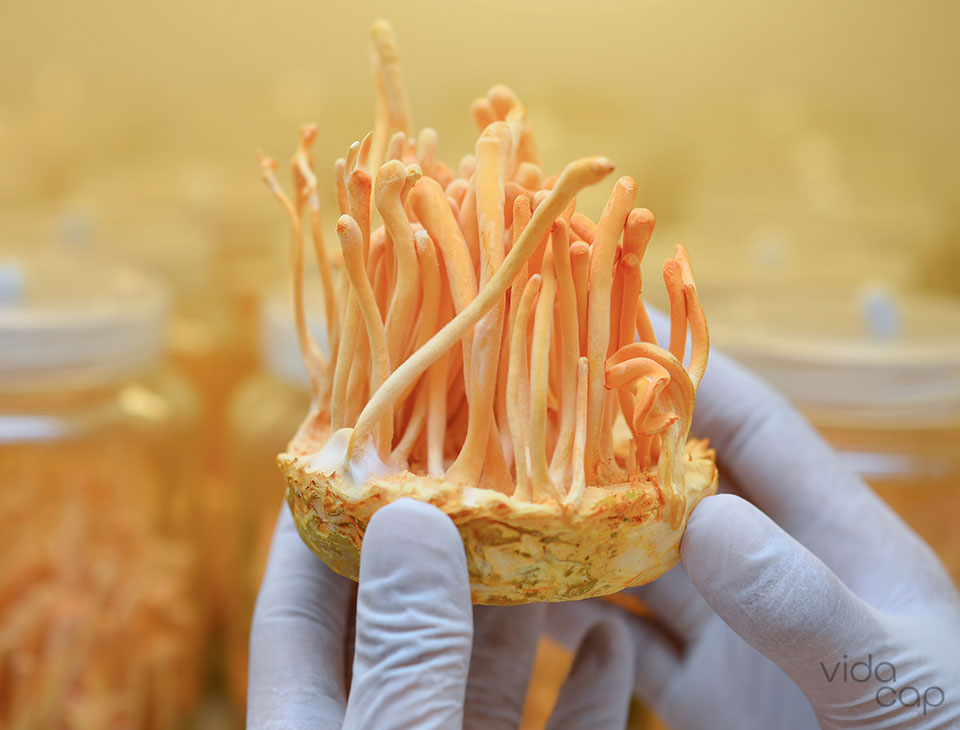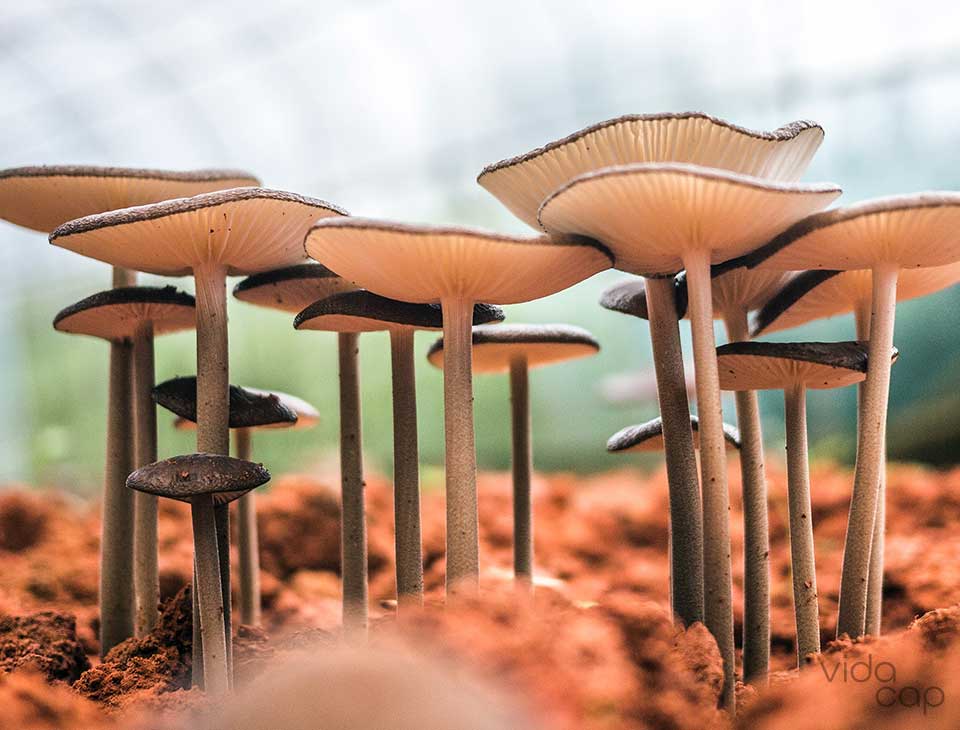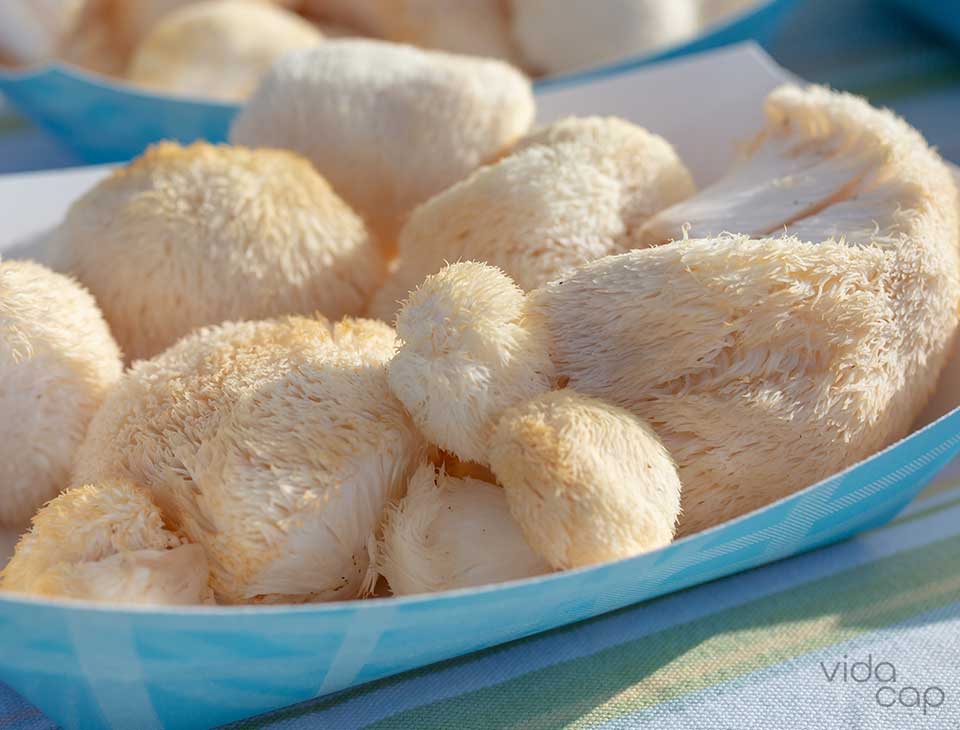
How to Make a Mushroom Tincture
 Audrey Ferguson |
Updated on: March 25, 2024
Audrey Ferguson |
Updated on: March 25, 2024
Tinctures are a traditional and time-honored method of extracting beneficial compounds from herbs and fungi. They also are surprisingly simple to make, although the process can be rather time-consuming.
Our step-by-step guide explains how to make mushroom tinctures at home. But first, let’s look at the science.
How Do Mushroom Tinctures Work?
To extract the active chemicals from plants or mushrooms, first, you need a solvent. Simply put, a solvent is a substance that can dissolve other substances.
Water and alcohol are probably the best-known examples. However, water and alcohol are different types of solvents, meaning not all chemicals that dissolve in one will dissolve in the other.
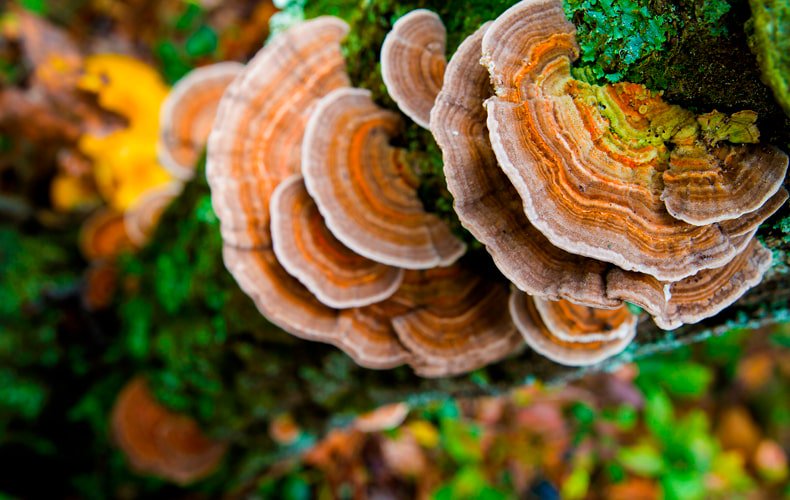
Mushrooms contain a variety of active compounds, some of which dissolve in water (e.g. polysaccharides) and some of which dissolve in alcohol (e.g. triterpenes and sterols).
Therefore, most experts recommend making something known as a dual (or double) extract tincture to maximize the benefits. It involves making separate alcohol and water extractions and mixing them together.
It is also necessary to use some alcohol to preserve the tincture. It is generally accepted that tinctures need an overall alcohol content of at least 25% to keep them shelf-stable and stop them from going bad.
With this in mind, we’ve put together this simple recipe to help you get the most out of your mushrooms and create an effective, long-lasting product.
What You’ll Need
- 150g dried mushrooms of your choice
- 250mL of 75% ABV grain alcohol
- 2 liters water
- 1 x 32oz canning jar (brown glass is best)
- Scale
- Measuring jug
- Large pan with lid
- Funnel
- Coffee filters
How to Make Mushroom Tincture: Step-By-Step Guide
Before we dive into this mushroom tincture recipe, we should mention that it is just one of many different methods available. We have chosen it because we believe it offers a good balance between water and alcohol extraction to provide a broad spectrum of beneficial compounds.
STEP 1
The first step is to make the alcohol extract portion of the tincture.
Weigh out 50g of the dried functional mushrooms using your scale and set 100g aside for the water extraction process. The type of mushrooms you use is up to you, but we recommend creating a blend using several different species (see below).
STEP 2
Chop or grind the mushrooms into smaller pieces to maximize their surface area. This will allow the alcohol to draw out the active compounds more efficiently. However, you should not powder the mushrooms too finely, or you could end up with a sludgy tincture.
STEP 3
Place the mushroom pieces into a clean canning jar and pour over the grain alcohol. It should be enough to cover the mushroom pieces fully, but if not, you can add a little more. Screw the lid on tightly and shake well.
STEP 4
Place the jar in a cool, dark place and leave the alcohol to do its work for 2–6 weeks. The longer you wait, the more potent your tincture will be. Shake the jar daily or whenever you remember to help speed up the extraction process.
STEP 5
Once the alcohol extract is ready, you can make the water-based portion of the tincture.
Chop or grind the remaining 100g of mushrooms. Place them in a pan on a stovetop and cover them with 2 liters of water. Put on the lid and bring the water to a boil.
STEP 6
Reduce the heat and gently simmer the mushrooms for 2 hours or more. The idea is to reduce the liquid down to 0.5 liters. This measurement is critical – remember, the final product must contain at least 25% alcohol to make it shelf-stable.
If your pan has measurements marked on the inside, use those to keep track of your progress. If not, you may need to pour the liquid into a measuring jug to check it regularly. If after 2 hours, you still have more than 0.5 liters of liquid, remove the pan lid and keep simmering until it reduces down sufficiently.
Finally, you’ll need to watch the pan throughout the process to ensure it doesn’t boil dry. If the liquid reduces too quickly, add a little more water to stop the mushrooms from sticking and burning.
STEP 7
Once the liquid has reduced to 0.5 liters, turn off the heat and allow it to cool slightly. Then, pour the alcohol extract into the pan and quickly cover with the lid to stop it from evaporating. Keeping the lid on, gently swirl the pan to mix the water and alcohol extracts thoroughly.
STEP 8
Slowly pour the finished tincture into the jar, using a funnel lined with a coffee filter to strain out the mushroom pieces. Screw the lid on loosely and allow the tincture to cool fully.
STEP 9
Once the tincture has cooled, tighten the lid and store it in a cool, dark place.
This recipe should last one person approximately a year based on an intake of 1mL twice a day. If you need to make a larger quantity, simply scale up the ingredients as necessary.
What Mushrooms Should You Use in Your Tincture?
There are many functional fungi to choose from, and which ones to use comes down to personal preference.
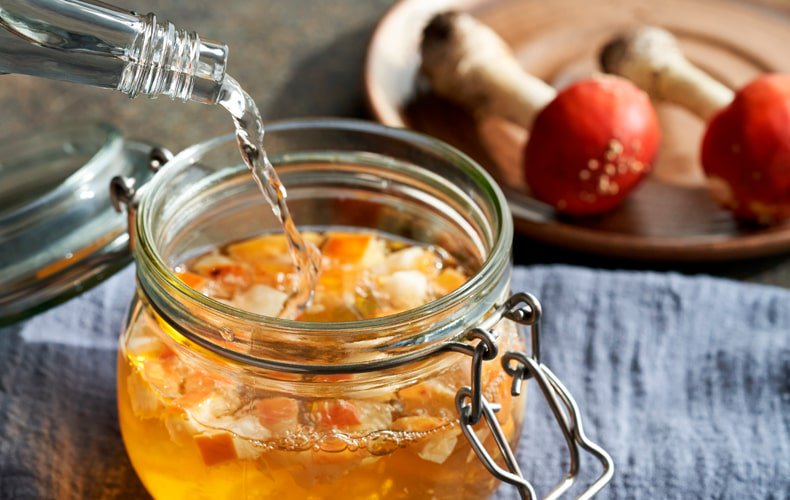
We suggest combining 3–5 species depending on your desired effects and what is available. However, you can make a tincture using a single mushroom species if you prefer. Below are some of our favorites.
Reishi:
Reishi is one of the best-known functional mushrooms on the planet. It is rich in bioactive compounds, including polysaccharides, peptidoglycans, and triterpenes. Research suggests that it has antioxidant properties and could support healthy immune function. Animal studies also show it could also have anti-anxiety properties, although human research is currently lacking.
Chaga:
Chaga contains several unique active components, including betulin, betulinic acid, and inotodiol. It has traditionally been used throughout Northern Europe and Siberia for its antioxidant and immunity-enhancing effects, and there is some evidence to support this. Animal experiments suggest chaga could also have anti-tumor properties, but further research is required.
Turkey Tail:
Turkey tail is another mushroom that is known for its beneficial effects on immune function. It contains two unique polysaccharides, PSP and PSK. It is also one of the best-studied functional fungi, and its extracts are often used medicinally in East Asian countries.
Shiitake:
Shiitake is popular in Asian cuisine and is one of the most readily available mushroom species. It contains a huge range of active compounds, including polysaccharides and sterols. As well as potentially enhancing immunity, research has shown that shiitake could help reduce cholesterol and benefit heart health.
Lion’s Mane:
Lion’s mane is another culinary mushroom with many health benefits. It contains two unique classes of chemicals known as hericenones and erinacines, which influence nerve growth factors to promote neurological health. Research suggests that erinacines, in particular, have potent neuroprotective properties. People also frequently use lion’s mane to improve cognitive function, including concentration and memory.
Cordyceps:
Cordyceps is another fungus with numerous uses, many of which are due to its primary active component, cordycepin. Research suggests that cordyceps’ potential benefits include immunity-enhancing, antidiabetic, and antiaging effects. Some people also use it to prevent fatigue, making it popular among athletes.
Final Thoughts on Mushroom Tinctures
Making a mushroom tincture is a simple and convenient way to incorporate functional fungi into your daily routine. Although it is a slow process, it can be completed without any specialist knowledge or equipment and can also be great fun. Plus, you can pick and choose what mushrooms you use and in what ratios, depending on your individual needs.
If you don’t have the time or energy to make a tincture, you can always try one of our ready-made mushroom supplements instead.
-
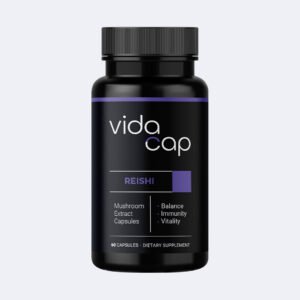 Reishi Mushroom CapsulesBalance | Immunity | Vitality$28 Add to cart
Reishi Mushroom CapsulesBalance | Immunity | Vitality$28 Add to cart- Balances Physical & Mental Stress*
- Supports Immune System*
- Supports Vitality & Longevity*
- Supports Restful Sleep*
- 60 Capsules Per Bottle
- 750mg of Reishi Mushroom

Audrey has worked as a registered dietitian for 6 years. She graduated from the University of Florida in 2013 with a Bachelor of Science degree. In 2014 she began an internship with the Veterans Affairs Healthcare System, and was hired as an Outpatient Dietitian following graduation. She started her career counseling a variety of patients with different health concerns and disease states. After a few years into practice, she found her passion was working in cancer care, and has spent the last 4 years specializing in oncology nutrition.
In her practice, Audrey has spent a significant amount of time reviewing literature on herbal and dietary supplements in the cancer care setting. Through her work at Vidacap, she hopes to continue to expand her knowledge and understanding of the benefits of supplements in conjunction with promoting a healthy, balanced diet and management of overall health and well being.

